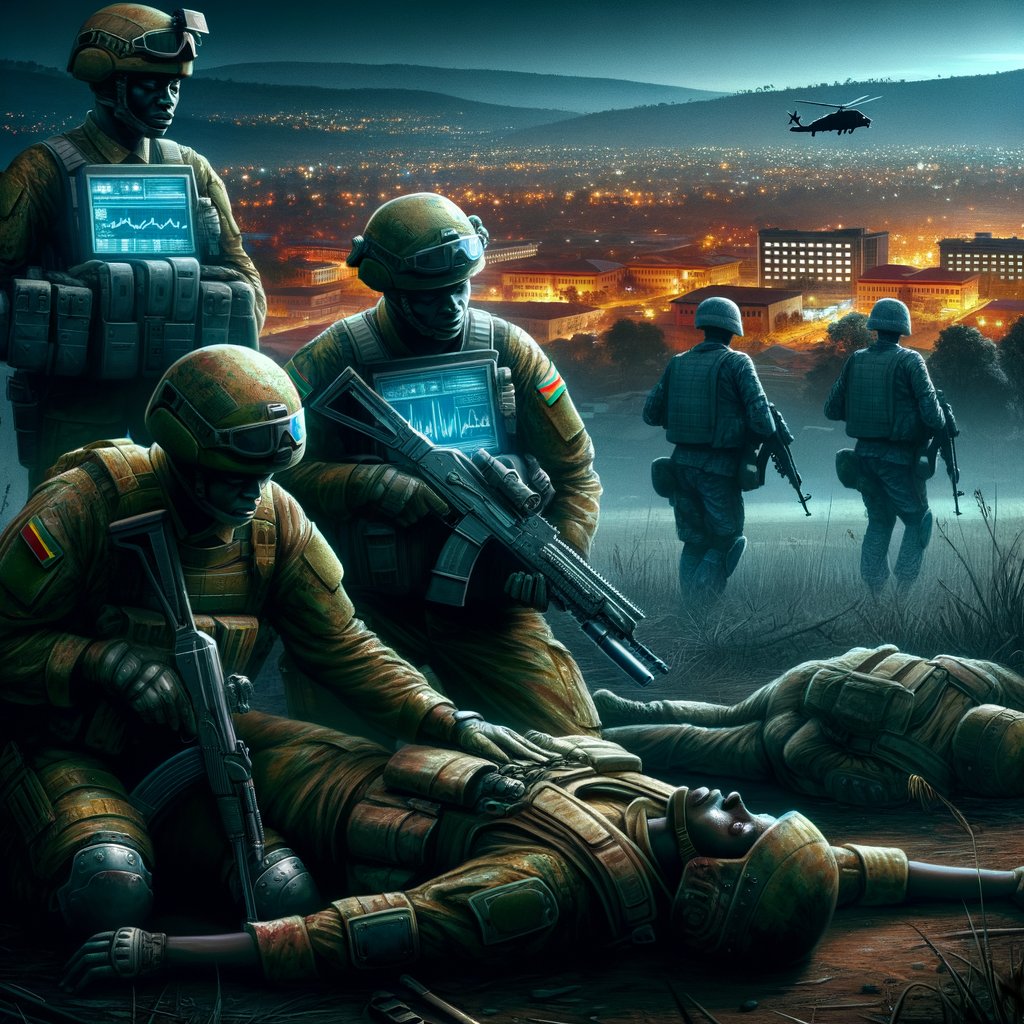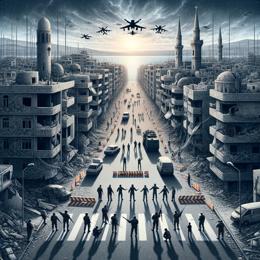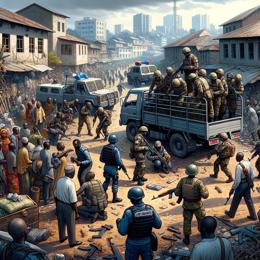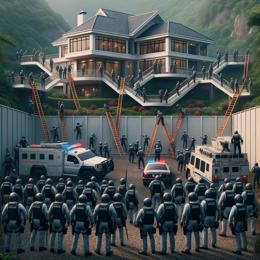Image created by AI
South African Soldiers Killed in DR Congo Amid Escalating Conflict
Tragedy struck South Africa's military presence in the Democratic Republic of Congo (DRC) this past Thursday when three soldiers were killed and over a dozen injured in eastern DRC. The South African National Defence Union (SANDU) reported these casualties in a statement released on Saturday, highlighting the ongoing volatility in the region.
The lethal incident occurred amid intensified confrontations between Congolese forces and rebel groups. An anonymous Congolese army officer revealed that the rebels launched a heavy nocturnal attack, which was successfully repelled by the Congolese military, preventing the rebels from advancing towards Goma, a major city in the eastern part of the Congo.
The SANDU's statement also sparked a political debate within South Africa. Critics are urging President Cyril Ramaphosa to reconsider the deployment of troops to DRC, questioning the readiness and equipment levels of the soldiers facing what some are calling a "suicide mission."
These concerns are framed by broader regional tensions. The United Nations has expressed alarms over the potential for these skirmishes to escalate into a wider regional conflict. The situation is further complicated by accusations from the Congolese government and the UN against Rwanda. Both have claimed that Rwanda exacerbates the conflict by allegedly supporting rebels with troops and arms—a charge Rwanda strongly denies.
Adding to the region's turmoil, it was reported on Friday that the governor of North Kivu, a prominent political figure in eastern Congo, was killed at the frontlines. This marks a significant escalation in the conflict, underscoring the dire nature of the security situation in eastern DRC.
The deaths of the South African soldiers highlight the complex interplay of local insurgencies and international politics that characterize the strife in DRC. As South Africa mourns its losses, the international community remains watchful, and regional leaders are urged to seek peaceful resolutions to prevent further loss of life and a potential area-wide escalation.










